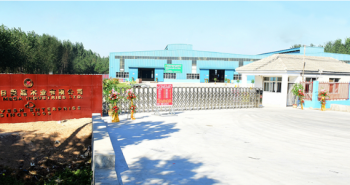Most of the generally used plywood’s are sourced from mainly China, Indonesia and Malaysia (sometimes referred to as Far Eastern Plywood).
You have a choice between two types of Chinese plywood, one being a poplar core plywood with a red faced outer veneers and the other being hardwood throughout plywood, red faced outer veneers. With the hardwood throughout option, the core is manufactured from mixed light hardwoods which are grown in China and the outer red faced veneers are normally imported into China.
With Indonesian and Malaysian plywood these would normally have a thicker outer face veneer, compared to Chinese Plywood. Also Chinese plywood would generally be classed as B/BB meaning one face is ‘B’ grade and the reverse face would be ‘BB’. When purchasing Indonesian or Malaysian plywood, these would generally be sold as BB/CC, again one face being ‘BB’ and the reverse face being ‘CC’. If you have particular requirements on the face grade, please advise us within the instruction box below.
All plywood’s are constructed with odd number of plies, which are oriented at 90 degrees to the next one, to create a rigid sheet material. If the grain direction were to go the same way on all the individual plies, then this would create a sheet material panel which would seriously bend in the grain direction. This is how Flexi –Plywood is manufactured
In relation to the glue line “WBP” this has been superseded by a European standard since 2013. The new standard is EN 314-2 and you advised to check the suitability of both the bonding quality and also the biological durability EN 636 prior to purchasing any product.
With a lot of projects these days insisting on using environmentally aware products, we are proud to be able to offer plywood that is either FSC certified or PEFC certified. You can be confident that these certified sheet materials are sourced from well managed, sustainable forests from around the world. Again if your job requires any plywood to be either specification please advise.
As we all know, no matter which plywood you specify for any particular job (even Marine Plywood). They must always be finished with a suitable product to protect the plywood from the environment it’s used in. (With extra attention being taken to properly seal the edges.)
You are advised to seek professional advice from a suitable supplier of paints, varnish etc. to establish the correct product for your individual requirements.

